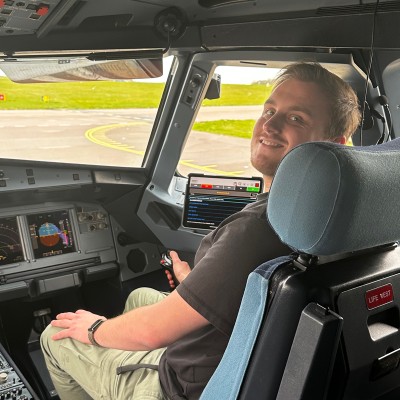LATAM’s A319 Incident in Chapecó Highlights Wet Runway Challenges
08 April, 2025
4 min read
By joining our newsletter, you agree to our Privacy Policy
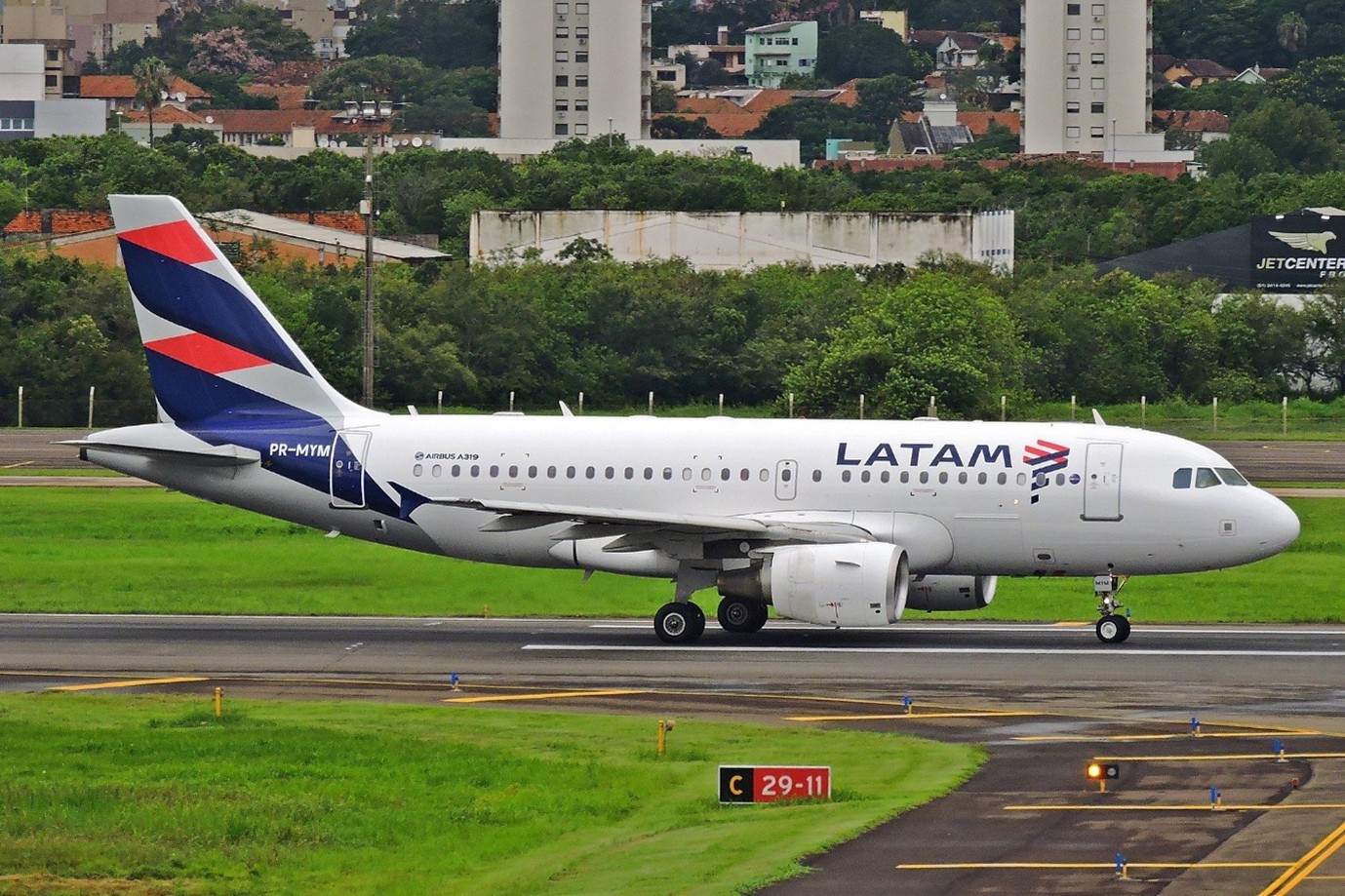

A LATAM Brasil Airbus A319-100, registered PR-MYM and operating flight LA3276 from São Paulo Guarulhos (GRU) to Chapecó (XAP), Brazil, experienced a runway excursion following a weather-related missed approach. The aircraft, carrying 107 people, initially aborted its first landing attempt on runway 29 due to adverse weather and entered a holding pattern. Approximately 20 minutes later, the crew attempted a second landing at 19:36 local time (22:36 UTC). Although the aircraft touched down, it was unable to stop within the runway length, overrunning the end by around 55 metres and coming to rest on soft ground. No injuries were reported, and the aircraft sustained little to no damage.
During the time of the aircraft arrival, local weather reports (METAR) indicated scattered clouds at 2,000ft (above ground), 9,000m visibility, wind at 08kts from 120, and light rain with thunderstorms in the vicinity.
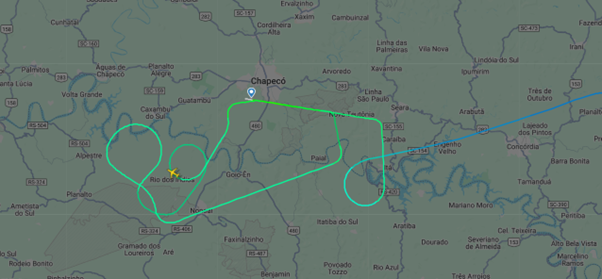
Adequate, But Barely: Chapecó’s Marginal Runway Performance
Chapecó Airport's single 2,060m runway is generally sufficient for an Airbus A319, which typically requires 1,500–1,600m to land in dry conditions. However, wet weather can increase stopping distances by up to 20%, making margins tighter. While 2,060m should still be adequate with proper technique, factors such as aircraft weight, delayed touchdown, and reduced braking performance can significantly affect stopping ability, especially at a regional airport like Chapecó, where runway surface treatments may be limited.
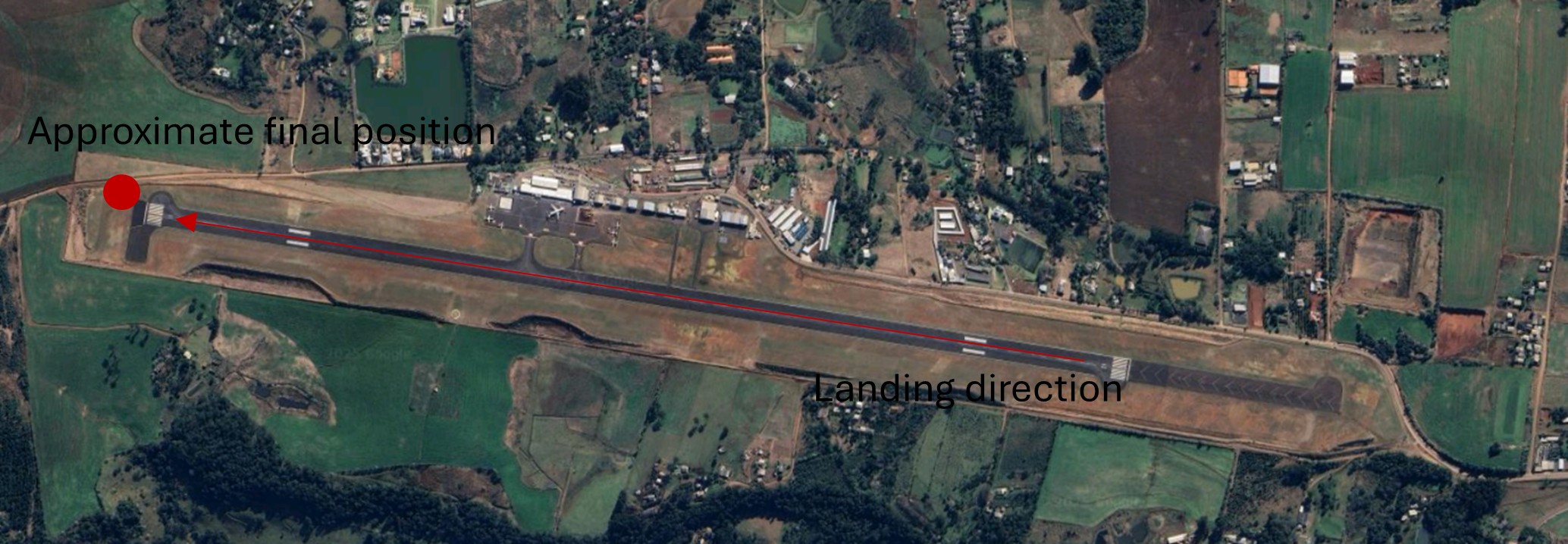
The Brazilian Civil Aviation Authority (ANAC) has been notified, and an official investigation into the incident has been initiated to determine the contributing factors. While adverse weather conditions are suspected to have played a role, the exact cause remains under investigation.
History Repeating? Brazil’s Ongoing Struggle with Wet Runways
Brazil has experienced several notable runway excursions in its aviation history, underscoring the challenges posed by adverse weather conditions and infrastructure limitations.
TAM Airlines Flight 3054 (2007): On July 17, 2007, an Airbus A320 overran the runway at São Paulo's Congonhas Airport during landing in rainy conditions. The aircraft failed to decelerate properly, crossed a major road, and collided with a warehouse, resulting in 199 fatalities, including all on board and 12 on the ground. This remains the deadliest aviation accident in Brazilian history.
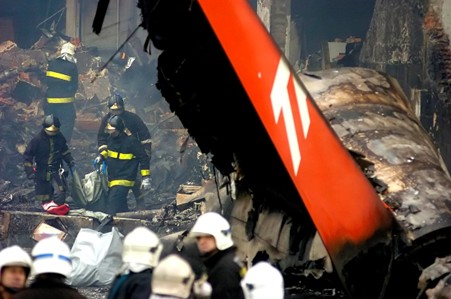
Avianca Brasil Incident (2019): On March 3, 2019, an Avianca Brasil Airbus A320-200 suffered a minor runway excursion while landing in heavy rainfall at Rio de Janeiro/Galeão International Airport. The aircraft veered slightly off the runway but was brought under control without injuries.
Pantanal Linhas Aéreas Flight 4763 (2007): On July 16, 2007, an ATR 42 veered off Runway 17R at Congonhas Airport after landing in light rain. The aircraft struck obstacles, causing the nose landing gear to collapse. All 25 passengers and crew escaped injury, but the aircraft was written off. The incident was attributed to hydroplaning and pilot response.
Performance Data, Performance Risk
On 9 July 2024, a LATAM Boeing 777-300ER (PT-MUG) suffered a tailstrike during takeoff from Milan Malpensa on flight LA8073 to São Paulo. The aircraft left a 723-metre scrape on the runway before becoming airborne. The crew later returned safely after dumping fuel.
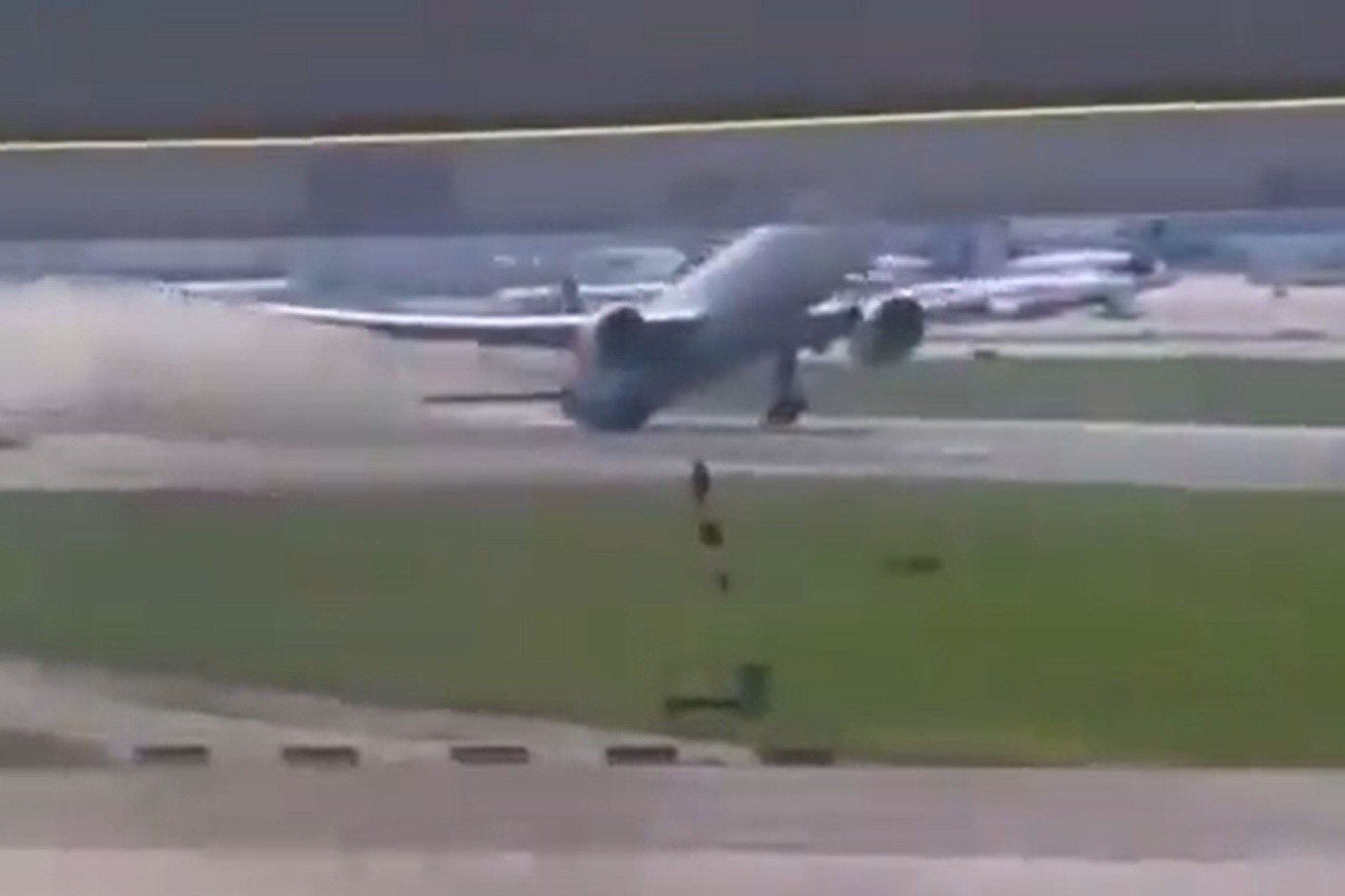
An investigation found incorrect takeoff speeds were entered into the FMS, nearly 30 knots below the required values, leading to premature rotation. No injuries occurred, but the incident highlights the importance of accurate performance data entry.
Conclusion: Margins and Mistakes
Both the Chapecó runway excursion and the Milan tailstrike serve as stark reminders of how narrow the margins in aviation can be. Whether it's wet runway conditions or a simple data entry error, even small deviations in performance planning or execution can lead to serious operational consequences. For airlines like LATAM, these events highlight the critical importance of precision, situational awareness, and robust safety systems on the ground and in the air.
Get the latest news and updates straight to your inbox
No spam, no hassle, no fuss, just airline news direct to you.
By joining our newsletter, you agree to our Privacy Policy
Find us on social media
Comments
No comments yet, be the first to write one.
